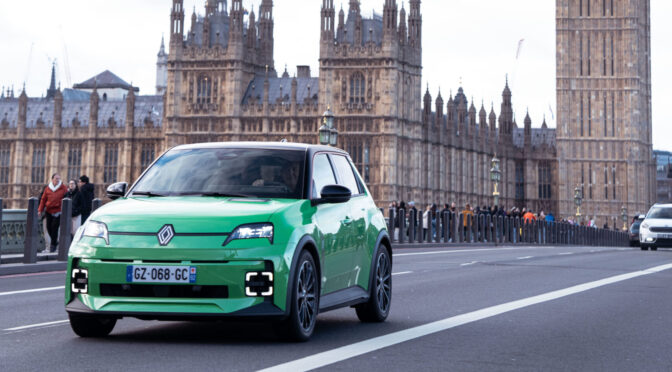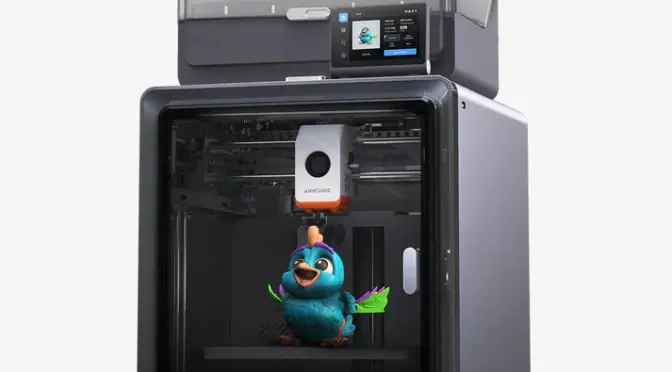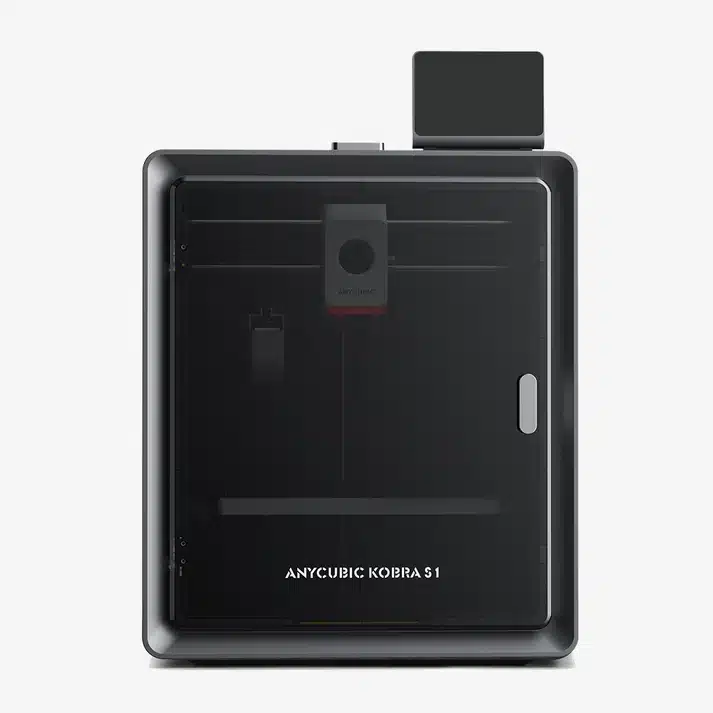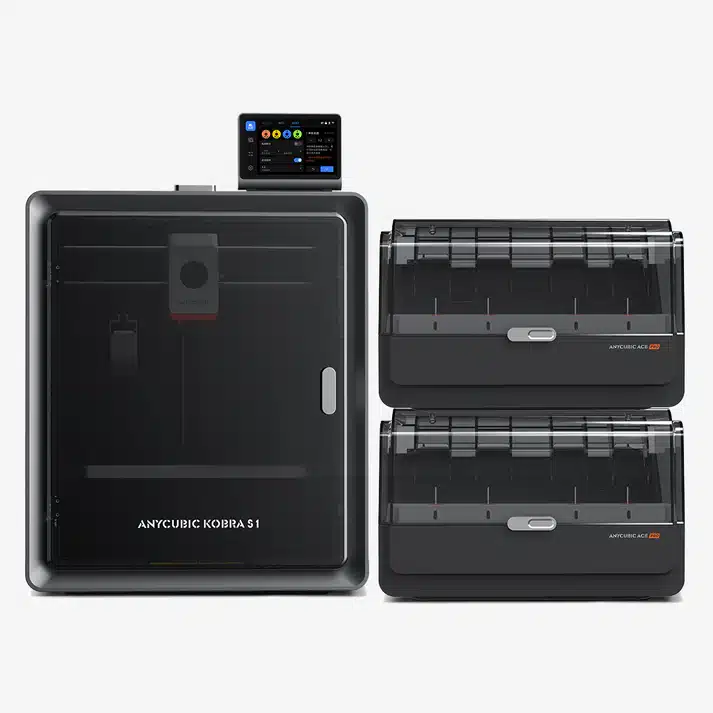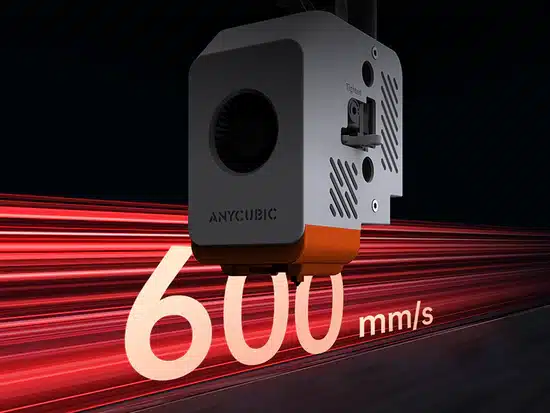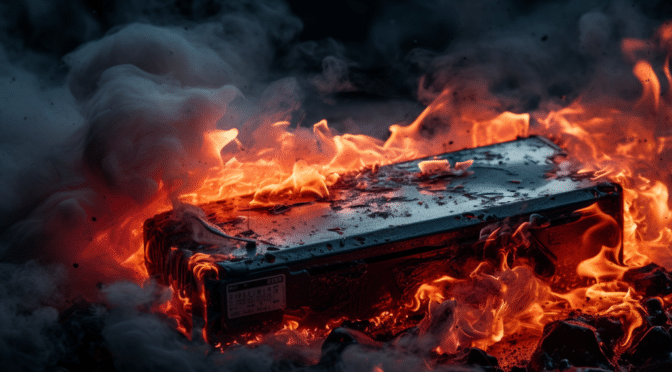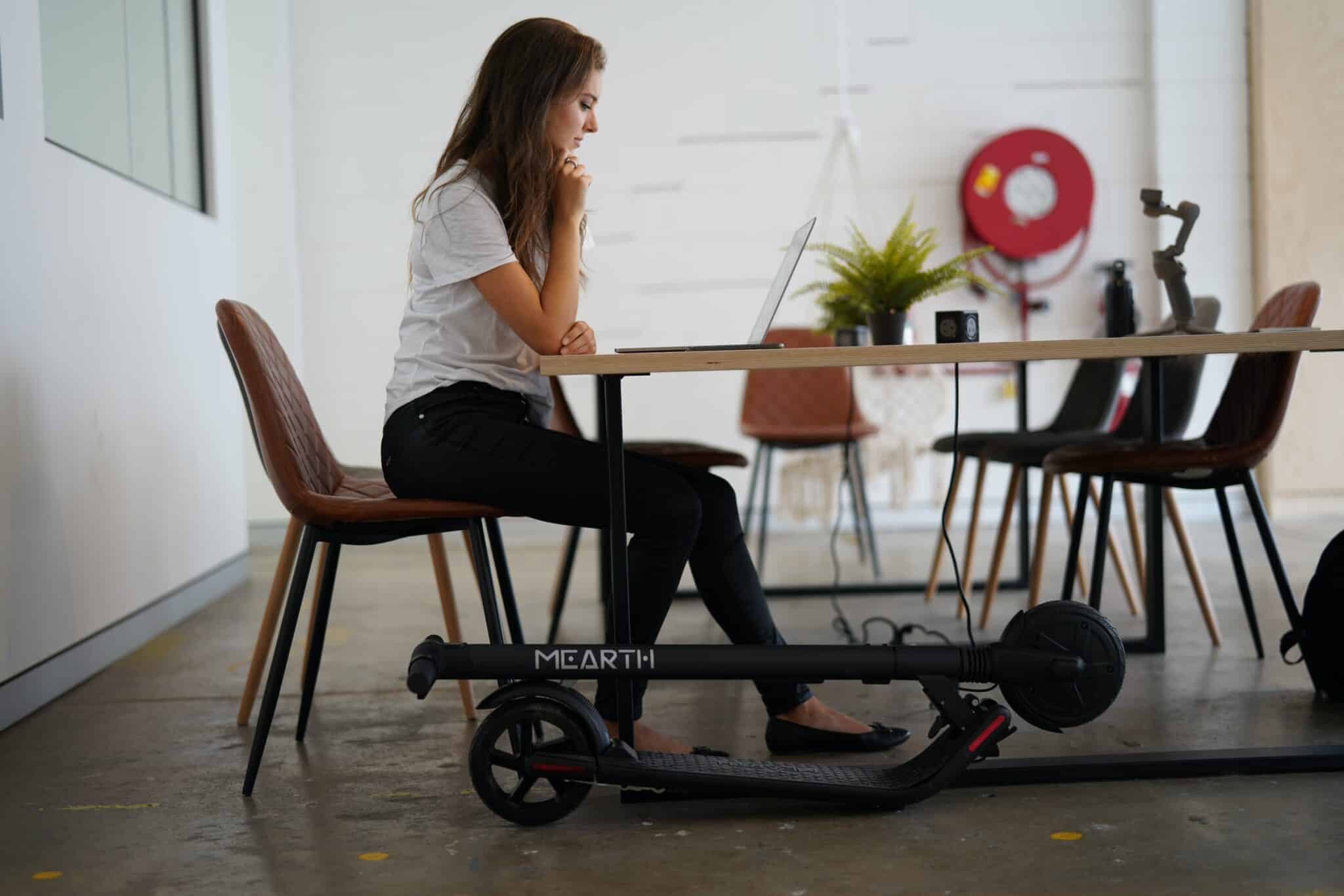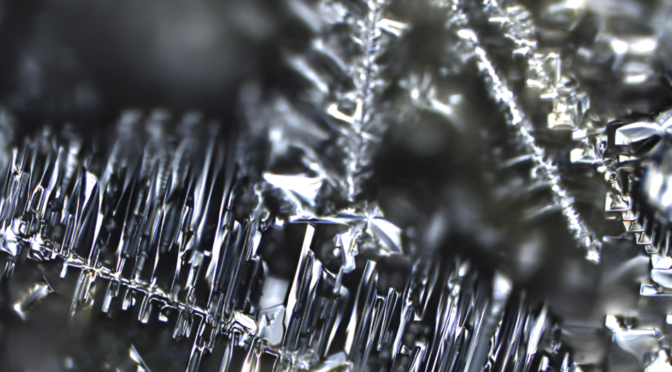E-scooters have become the modern-day alternative to bicycles for teens, zipping around town with an electric hum. But before you buy your teenager one of these nifty rides, there’s something you might not have thought about: their e-scooter could drive up your car insurance premiums by hundreds of pounds. Let me explain.

Why E-Scooters Seem Like the Sensible Option
With the cost of getting a 17-20-year-old on the road exceeding £7,600 for the first year according to MoneySuperMarket’s Household Money Index, it’s easy to see the appeal of e-scooters. They’re cheaper to buy, easier to maintain, and cost far less to run than a car. Maintenance costs are lower too—no oil changes, no MOT, and far fewer moving parts that could break down.
On the surface, they seem like a smart, budget-friendly alternative for getting to school, university, or work. But here’s where things get tricky.
E-Scooters and the Hidden Insurance Cost
Privately-owned e-scooters are illegal on public roads and pavements in the UK, a fact many parents might not be aware of. According to Transport for London, if your teenager is caught riding an e-scooter on a public road, they could face six penalty points and a £300 fine. Here’s the kicker: if they’re under 17, those penalty points could be passed directly onto the parent’s licence.
And if you thought six points were no big deal, think again. According to MoneySuperMarket, the average annual car insurance premium in 2024 was £838.99. With six points on your licence, that figure jumps to £1,081.93. That’s an extra £243 a year—just for letting your kid take a spin on an e-scooter.
For young drivers, the impact is even worse. They already face high premiums due to lack of experience, and six points could push insurance costs into unaffordable territory for years to come.
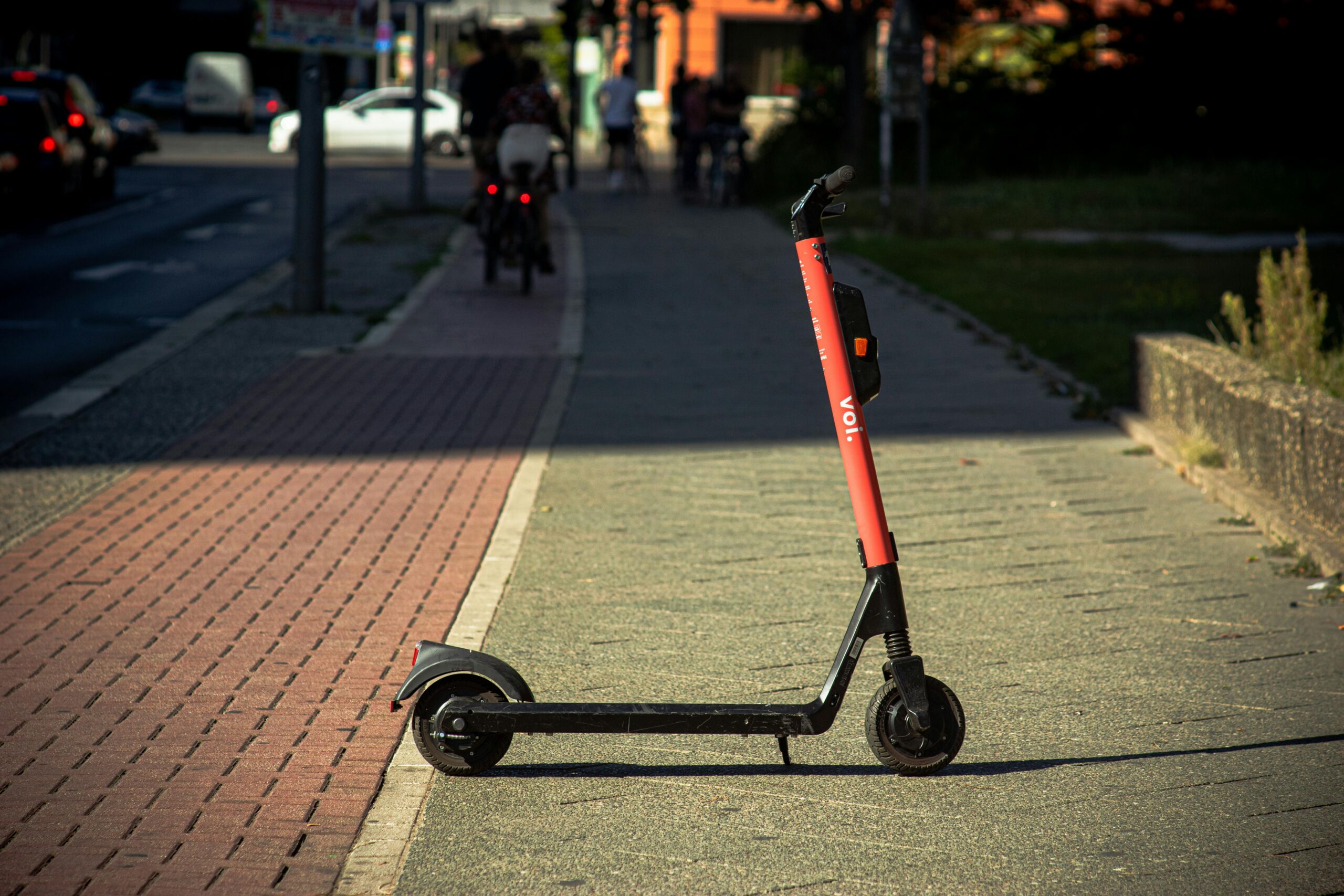
The Long-Term Consequences
Here’s another thing to consider: if your teen gets caught riding without insurance (which is currently impossible to obtain for private e-scooters), the points could be held on a “ghost” licence by the DVLA. When they later apply for their driving licence, those points could be added instantly, leading to automatic disqualification before they even hit the road.
The Rising Risk of E-Scooter Accidents
E-scooters may be convenient, but they’re not without their risks. Official figures estimate that 750,000 privately-owned e-scooters are now in use across the UK, and accidents involving them are rising. The Department for Transport (DfT) reported 1,292 e-scooter accidents in 2023, with 1,387 casualties, of which 80% were riders. Tragically, six riders lost their lives.
What’s particularly worrying is that a significant portion of these injuries involves young people. A third of all e-scooter collisions involve riders under 19, and 23% of those injured are teenage males.
According to research from PACTS, private e-scooters are far more dangerous than their public rental counterparts, accounting for 87% of fatalities between 2019 and 2022. The higher speeds of privately-owned models—often exceeding the legal limit of 15.5mph and sometimes reaching 50mph or more—are a major contributing factor.
What the Law Says
Privately-owned e-scooters are subject to the same rules as cars, meaning they require a licence, insurance, and tax—none of which can currently be obtained. The only legal way to ride an e-scooter on public roads is through a government-approved rental scheme, available in 30 trial areas across the UK.
In these schemes, e-scooters are speed-limited and come with stricter safety regulations. Here are a few of the cities where trials are running:
- London
- Liverpool
- Cambridge
- Bournemouth and Poole
- Oxford
- Bristol and Bath
So, if you’re determined to let your teen experience the e-scooter life, renting one in an approved area is the safest legal option.
The Bottom Line: Think Before You Buy
Sure, e-scooters are fun, eco-friendly, and cost-effective—but the legal risks and hidden financial costs can’t be ignored. As Alicia Hempsted, car insurance expert at MoneySuperMarket, puts it:
“Allowing a young person to ride a privately owned e-scooter on public roads can lead to serious repercussions for the parents, and it’s important to be aware of these potential costs and legal issues before making such a decision.”
Before you hit “buy” on that shiny new e-scooter, consider the potential impact on your family’s insurance and legal standing. Sometimes, what seems like a budget-friendly solution could end up being a costly mistake.
This article references information and data from MoneySuperMarket’s Household Money Index and car insurance insights. For more details, visit MoneySuperMarket.


